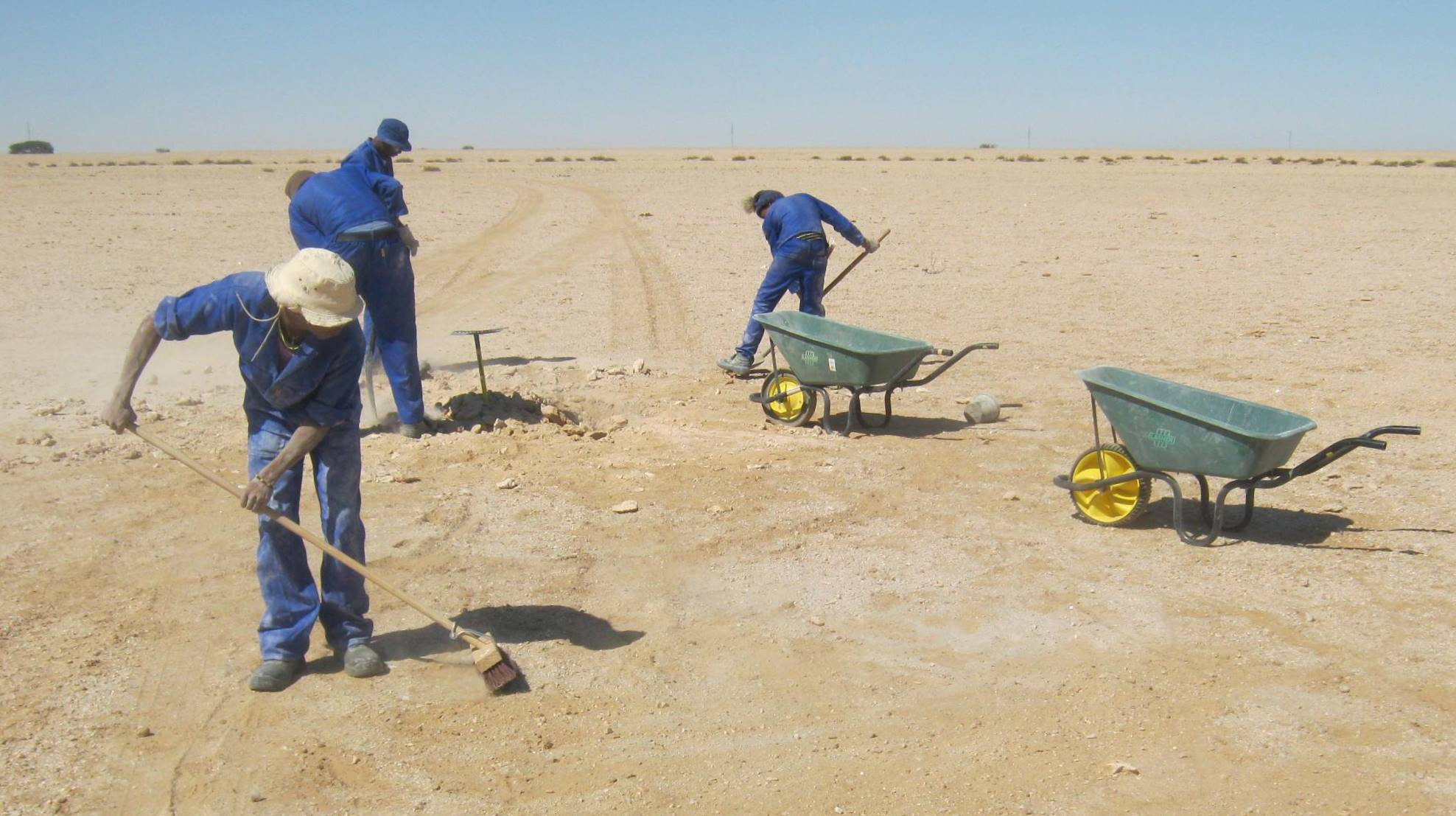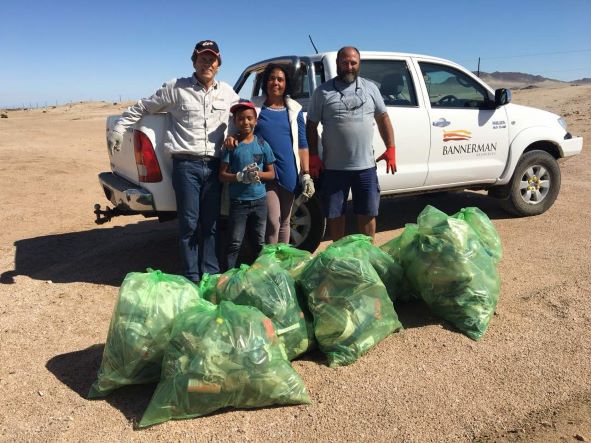The Strategic Environmental Management Plan for the Namibian Uranium Province
Some 16 years ago, when prices for fuel for civil nuclear reactors were rising fast, resulting in a worldwide boom in uranium exploration and mining, the Namibian uranium industry recommended to the Namibian Government the undertaking of a Strategic Environmental Assessment (SEA) of the Namibian uranium province, where exploration for uranium was expanding rapidly. Subsequently, such an assessment was carried out by the Ministry of Mines and Energy’s Geological Survey of Namibia, it provided vision, and importantly generated a culture of cooperation between the uranium mining industry, government, and the public. A Strategic Environmental Management Plan (SEMP) was developed from the results of this SEA. It is an overarching framework and roadmap addressing the cumulative impacts of existing and potential developments, and the extent to which uranium mining is impacting the central Namib, and is implemented jointly by government and the industry since 2011. The SEMP has 12 themes, the so-called Environmental Quality Objectives (EQOs), each articulating a specific goal, providing context, setting standards, and having a number of key indicators that are monitored. These themes include socio-economic development, employment, infrastructure, water, air quality, health, effect on tourism, ecological integrity, education, governance, heritage and future, and mine closure and future land use. Each EQO has a number of indicators that are assessed and placed into 4 categories, namely “met”, “in progress”, “not met” and “exceeded”. NUI has from the beginning been actively involved in the compilation of the annual SEMP reports, and in 2021 data collection for the 2020/2021 report continues.
Taking into consideration the rising number of nuclear power plants around the World, and the increasing need for low-carbon power, it is expected that the demand for uranium will increase in future. The implementation of the EQO targets therefore remains critical to ensure that the region is well positioned for future uranium mining projects.




